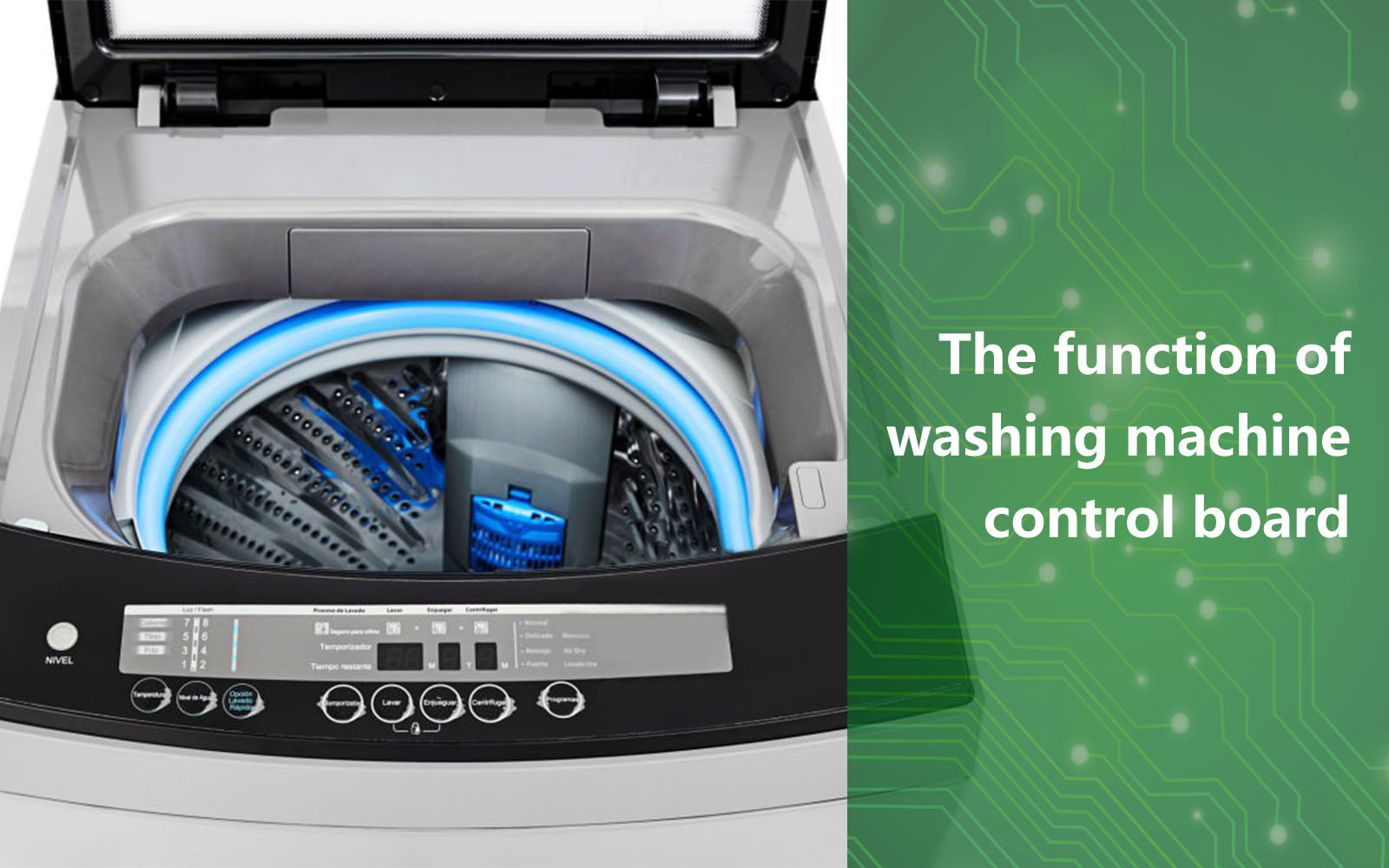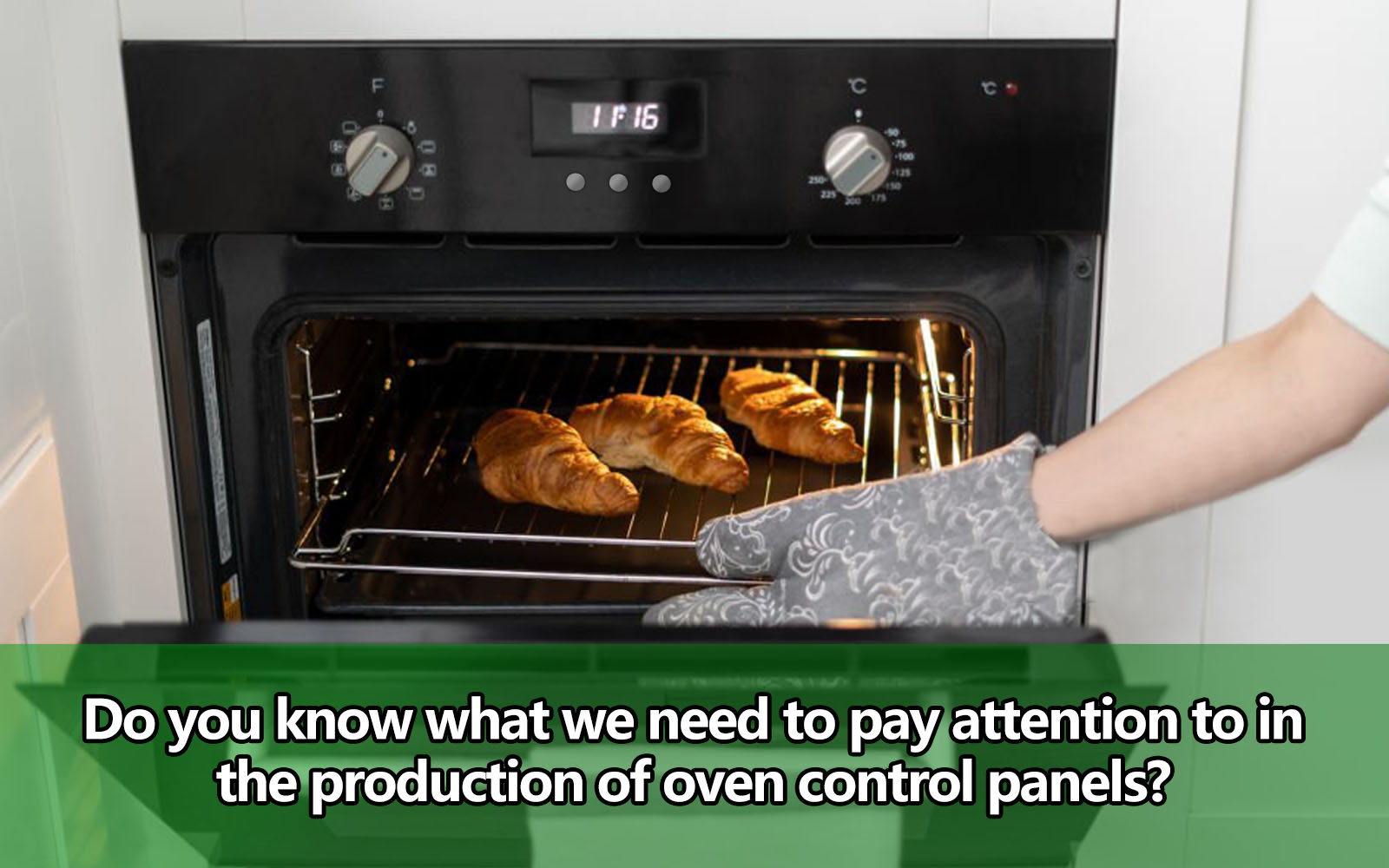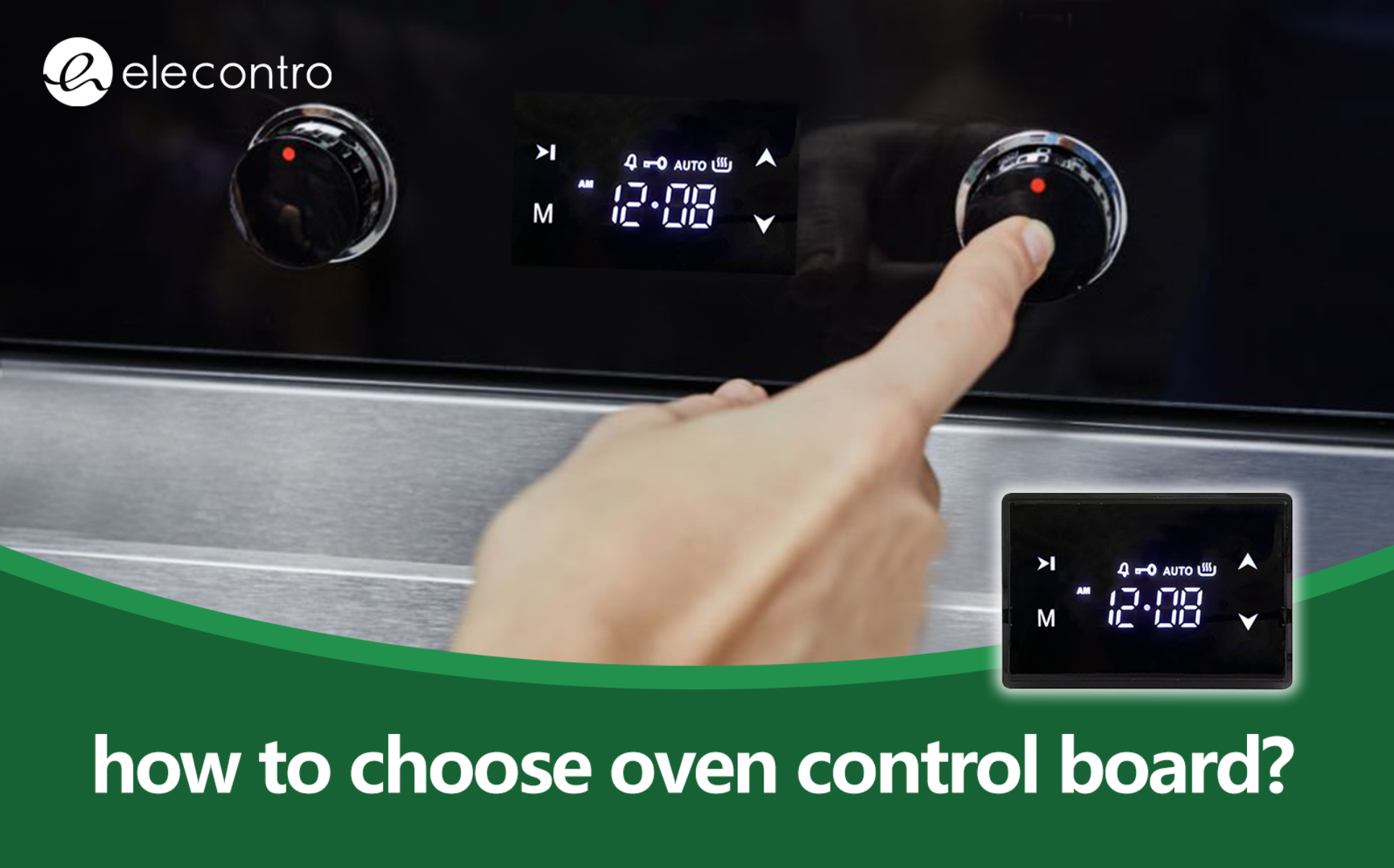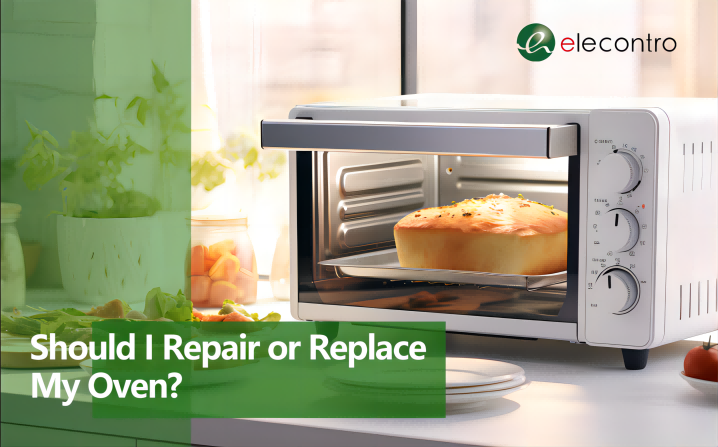Talking about Deformation caused during PCB processing
The reason for the deformation of PCB board processing is very complicated and can be divided into two kinds of stress: thermal stress and mechanical stress. Among them, the thermal stress is mainly generated during the pressing process, and the mechanical stress is mainly generated during the stacking, handling and baking of the plates. The following is a brief discussion in the order of the process.
Incoming copper clad laminate:The size of the copper clad laminate press is large, and there are temperature differences in different areas of the hot plate, which will cause slight differences in the curing speed and degree of the resin in different areas during the pressing process. At the same time, the dynamic viscosity at different heating rates is also different, so it will also cause curing Local stress caused by process differences. Generally, this kind of stress will maintain balance after pressing, but will gradually release and deform during future processing.
Lamination:The PCB pressing process is the main process that generates thermal stress. Similar to the pressing of copper clad laminates, local stresses caused by differences in the curing process will also occur. PCB boards due to thicker thickness, diverse pattern distribution, and more prepregs, have more thermal stress than clad laminates and are more difficult to eliminate. The stress in the PCB board is released during subsequent drilling, shape, or grilling processes, causing the board to deform.
Baking process of solder mask and characters:Since the solder mask inks cannot be stacked on each other when they are cured, the PCB boards will be placed in a rack for curing. The solder mask temperature is about 150°C, which just exceeds the Tg point of the medium and low Tg materials. The resin above the Tg point is highly elastic. The parts are easy to deform under the action of their own weight or strong wind of the oven.
Hot-air solder leveling:The temperature of the tin furnace is 225℃~265℃, and the time is 3S-6S when the ordinary board hot-air solder is leveled. The hot air temperature is 280℃~300℃. When the solder is leveled, the board is put into the tin furnace from room temperature, and the post-treatment water washing at room temperature will be carried out within two minutes after being released. The entire hot-air solder leveling process is a sudden heating and cooling process. Due to the different materials of the circuit board and the uneven structure, thermal stress will inevitably appear in the process of cooling and heating, leading to microscopic strain and overall deformation.
Storage:The storage of PCB boards in the semi-finished product stage is generally firmly inserted in the shelf, and the tightness of the shelf is not adjusted properly, or the stacking of the boards during the storage process will cause the board to be mechanically deformed. Especially for thin plates below 2.0mm, the impact is more serious.






